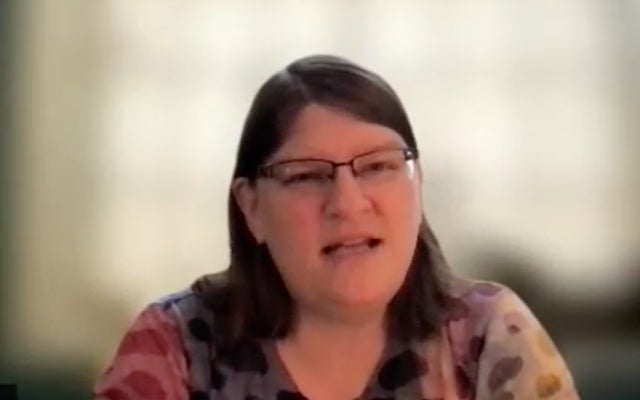Video Player


Media error: Format(s) not supported or source(s) not found
Download File: https://lhrp.georgetown.edu/wp-content/uploads/2022/01/Leah%20VanDassor%20Oral%20History%208.3.2021.mp4

Media error: Format(s) not supported or source(s) not found
Download File: https://lhrp.georgetown.edu/wp-content/uploads/2022/01/Leah%20VanDassor%20Oral%20History%208.3.2021.mp4When Teachers Mobilize Oral Histories
The Chicago Teachers Union argues for proven educational reforms to dramatically improve education of more than 400,000 students in a district of 675 schools. These reforms are desperately needed and can head Chicago towards the world-class educational system its students deserve.
This article examines both the Bargaining for the Common Good (BCG) contract campaigns that have emerged among teachers unions in the years since the Great Recession and the #RedforEd strikes and mobilizations of 2018.
Women Have Always Worked: Fighting for Equality: 1950–2018.
An exploration from an online edX course.
Women Have Always Worked: Fighting for Equality: 1950–2018.
An exploration from an online edX course.
In 2018, there were 20 major work stoppages involving 485,000 workers, the U.S. Bureau of Labor Statistics reported today. The number of major work stoppages beginning in 2018 was the highest since 2007 (21 major work stoppages). The number of workers involved was the highest since 1986 (533,000 workers).
A report covering salary, class size & staffing, academic freedom, shared decision making, assignments and more.
Women Have Always Worked: Fighting for Equality: 1950–2018.
An exploration from an online edX course.
In 2012, the Chicago Teachers Union (CTU) issued the groundbreaking report, The Schools Chicago’s Students Deserve. The report provided a counter-narrative to ideas popular among corporate education reformers (or de-formers, as some like to say).
The East Side Freedom Library (ESFL) has its home in the former Arlington Hills library, one of St. Paul’s historic Carnegie library buildings at 1105 Greenbrier Street, located in the Payne-Phalen neighborhood.